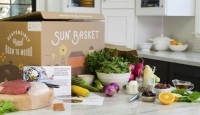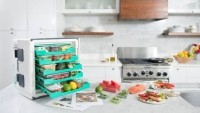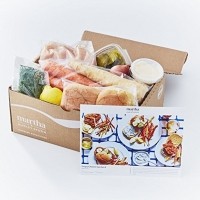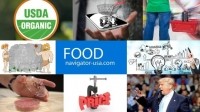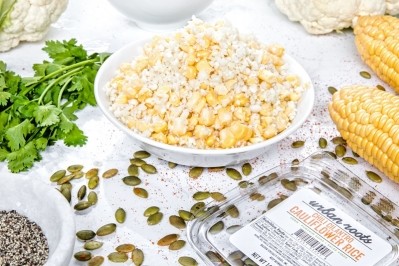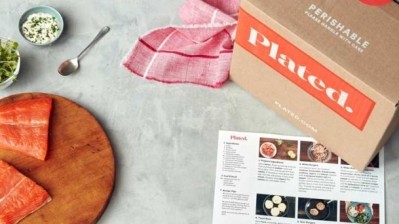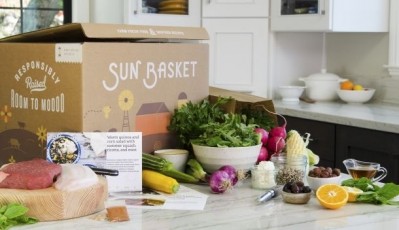Morningstar: 'It would be a mistake for investors to dismiss meal-kit delivery services'
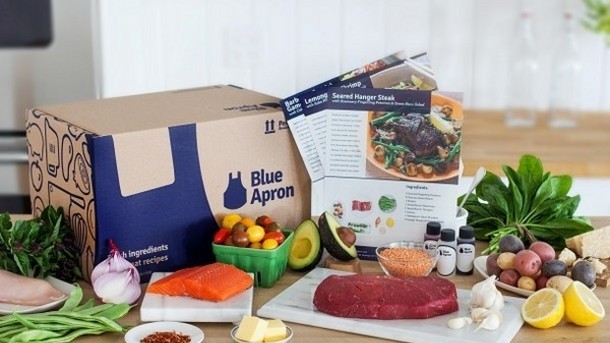
In a new report, Morningstar estimates that revenues from US online meal kit delivery companies were around $2.3bn in 2016, with market leader Blue Apron probably “the closest to the point of sustained profitability on a stand-alone basis,” while HelloFresh is the most established global player, generating revenues “that likely exceeded $600m [in fiscal 2016].”
Customer acquisition costs an estimated $30-80 per consumer
That said, high prices (the average meal-kit service costs $10 per serving) and packaging waste are putting off many consumers (although some firms such as Terra’s Kitchen are deploying re-usable shipping containers), and customer acquisition costs (an estimated $30-80 per consumer) are very high as companies compete to attract new users with free meals, says Morningstar.
Customer retention rates, meanwhile, are believed to be around one in four after 12 months.
“In our view, only a handful of players will amass the scale necessary to bring costs down enough to make the business models more sustainable over a longer horizon.”
Who uses meal kit delivery services?
Subscribers are most likely to come from households earning more than $100,000 per year (only 20% of US households), says Morningstar. Meanwhile, NPD's Checkout Tracking team found that customers of HelloFresh and other meal-kit delivery services also overindexed in online grocery purchases from Amazon, Seamless, GrubHub, Fresh Direct, Peapod, and Starbucks.
Cardlytics research also found that meal-kit delivery service users are more likely to use services such as Amazon Prime, Uber, 1-800-Contacts, and GrubHub.
A mistake for investors to dismiss meal kit delivery services
However, observes Morningstar, “By almost all accounts, satisfaction rates among existing meal-kit subscribers are high…Despite relatively low penetration rates among US adults, we believe it would be a mistake for investors to dismiss meal-kit delivery services.
Flexibility will distinguish winners from losers in the meal kit category, says Terra's Kitchen CEO
“While the category is on the verge of consolidation and many players will not survive, the economics behind leading meal-kit delivery services like Blue Apron, HelloFresh, and Home Chef indicate more disruptive longer-term potential as the industry consolidates.
“We believe these platforms and other subscription-based companies may be thawing consumer perceptions of online grocery and restaurant delivery services while offering new growth avenues for consumer packaged goods, or CPG, companies and online retailers.”
“Meal-kit delivery services reduce the need for meal planning, which was the top reason consumers purchase meal kits, according to several surveys we reviewed for this report.
“The culinary experience meal-kit services offer is a unique source of entertainment for many subscribers, which should not be overlooked given recent consumer trends toward increased spending on travel and other experiential categories.”
Morningstar report, April 2017
Meal kits and grocery stores
While much has been made of the potential threat that meal kits present to upscale retailers such as Whole Foods, which attract the kind of affluent shoppers meal kit companies are targeting, Morningstar also predicts that leading meal kit providers could be acquired by firms such as Wal-Mart, Kroger or Amazon.
Meanwhile, grocery stores are arguably better positioned to develop their own meal-kit solutions than pure play meal kit providers, since they have more buying power; reduced packaging, delivery, and customer acquisition costs; and can potentially offer greater variety, says Morningstar.
“With more than a third of consumers surveyed in a recent Harris Poll saying they were likely to buy meal kits if they could find them at their local grocery store, we anticipate that grocers will increasingly deploy meal-kit services to augment their in-store offerings, defend against online meal-kit services, and perhaps more importantly, accelerate their online efforts…
“If grocery stores could significantly reduce or even eliminate logistics costs, consumers could have the option of purchasing as little as a single meal per week. Store pickup could also address customer concerns regarding packaging waste, which is often the result of large boxes containing ice packs to ensure freshness.
“Regardless of their mode of entry, we think grocery stores are most likely to run hybrid meal-kit services that allow for delivery or pickup.”
Amazon and meal kits
Amazon is currently selling Tyson Foods’ Tastemakers meal kits and offering AmazonFresh customers Martha Stewart meal kits prepared by Marley Spoon, as well as testing its own ‘chef-designed Amazon meal kits’ at its Amazon Go store pilot in Seattle.
And while Amazon still needs to reassure consumers about the quality of its fresh food platform, “direct access to more than an estimated 330 million active customers and an estimated 80 million Prime members globally represents a powerful competitive advantage,” notes Morningstar.
“If we assume that just 5% of US Prime members become regular users of Amazon's meal-kit service offering, we could see a case where the US meal kit delivery services category grows to $10bn by 2021, with roughly $3bn coming directly from Amazon.”
Half of respondents in FoodNavigator-USA’s 2017 reader survey agreed that ‘Meal kits are a sustainable trend that will continue to grow in scale and significance,’ while 23% disagreed and 27% were on the fence.
Here are a selection of our readers’ comments:
- Meal kits will have to increase their offering into other niches, BBQ gatherings and small to medium parties at home.
- I think this is a trend that will morph into something else over the next few years. There used to be ‘stores’ where you would get together with friends and make a number of meals for your family to use or freeze. They were hot for a while and then disappeared. I see that happening with meal kits as something else comes along…
- Yes, meal kits will grow, but I don't believe they are sustainable in their current form.
- The meal kit market will continue to grow, especially as busy Millennials become parents. This is a behavior that is normative for them.
- Meal kits will be part of a larger omni-channel strategy.
- Meal kits only appeal to a relatively small demographic.
- While meal kits are fun to try and convenient, unless costs come down significantly, I can't see this trend gaining too much traction.
- Driven by advancements in technology, the meal segment will continue to flourish.
- Price will be the [defining] factor. They are on the pricey side now.
- Meal kits still have tiny penetration. They need to be much lower in cost to go more mainstream.
- I think they need to find a way to limit waste and improve their range of delivery. Also, the space is becoming crowded; eventually there will be only a handful that outlast the others.
- There’s not enough business for everyone and eventually people will tire of the fad. Right now, they are a darling of hipsters and ‘millennial-pretures,’ but eventually some green advocacy group will expose the carbon footprint of these services and the sector will tank.
- it will be a sustainable niche market, but won't achieve mass market scale
- They are priced too high right now and seem to promote a lot of packaging waste
- The concepts will continue to evolve, but in various formats….
Interested in learning more about meal-kit metrics? Join Sun Basket and Terra's Kitchen at FOOD VISION USA 2017 in Chicago on November 13-15:
